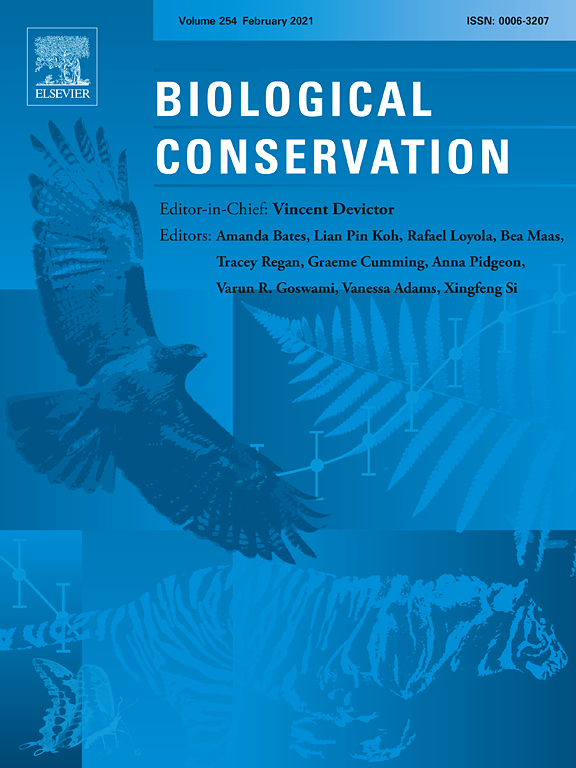Demand for tropical forest restoration has grown rapidly as the potential role of recovering secondary forests in sequestering carbon and enhancing biodiversity has been recognised. Active forest management is often prescribed to accelerate natural regeneration, but evidence for the efficacy of interventions is scarce for tropical forests. In this study we examine the hypothesis that the selective removal of abundant pioneers in the understory of recovering selectively logged forests can improve the composition of forest stands and accelerate succession. Four selective thinning treatments of increasing intensity were implemented in 8.75 ha compartments and replicated six times. Within each compartment, three monitoring plots were established and measured immediately after thinning and one year later to assess implementation of thinning treatments, growth and survival of stems, and changes in stand composition. Canopy openness was measured using hemispherical photography. Thinning treatments substantially reduced the abundance of pioneers, but there was only a slight increase in canopy openness (3.7–4.3%) relative to the control (1.8%) 8 months after implementation. Canopy openness increased dramatically across all treatments in the follow year due to the 2015–16 El Niño event and increased more in thinning treatments. Large (>10 cm dbh) and small (2–10 cm dbh) late-successional stems showed enhanced growth only in the low intensity thinning treatment, whereas the growth of small pioneer stems increased across the thinning intensity gradient. The cost of implementing thinning treatments was $US80 per ha or approximately 10% of the cost of planting treatments in the same forest. Our findings suggest that selective thinning of understory pioneer stems is a practical option for manipulating stand composition and potentially accelerating natural regeneration. Continued monitoring of the experiment should reveal the long-term impact and cost-effectiveness of treatments.
DOI:
https://doi.org/10.1016/j.foreco.2016.09.020
Altmetric score:
Dimensions Citation Count:























